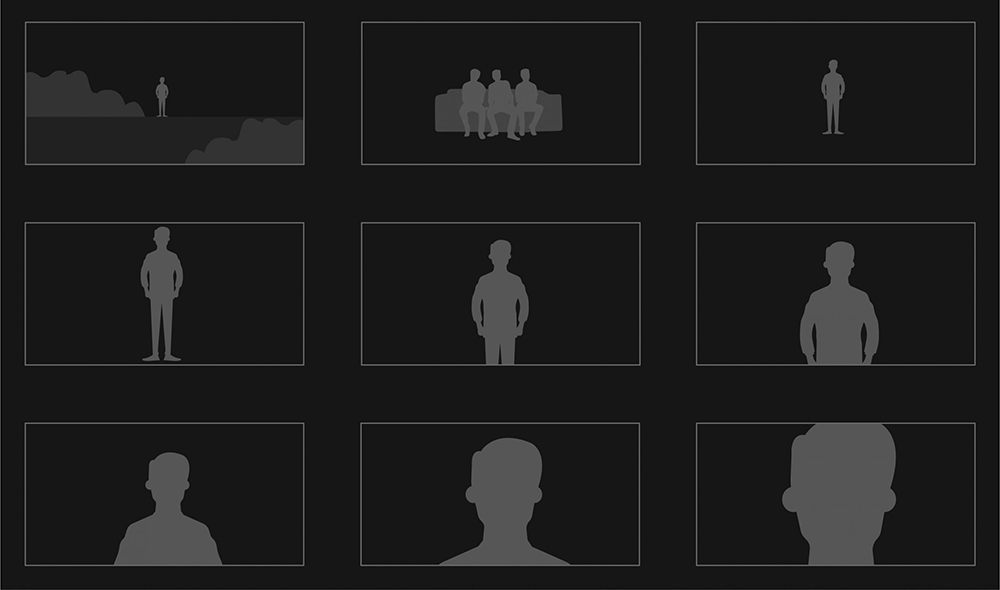Framing the Shot
Shooting from different angles can give your audience multiple perspectives of what they are looking at to help to understand the scene and feel more connected to it. Different camera angles can also help you convey a wide range of emotions and enable your audience to experience the same palette of feelings as the characters on screen.The diagram above shows 9 of the most common ways you can frame a shot. They are, left to right:
Extreme Wide Shot (EWS): When the camera is placed an extremely far distance from the subject. This can also be use as an Establishing Shot.
Master Shot (MS): A film recording of an entire scene, beginning to end, from a camera angle that keeps all the characters in view.
Wide Shot (WS): A shot that establishs a location and provide your viewers with a better understanding of where the scene is taking place.
Full Shot (FS): A shot composed around the scale of the human figure.
Medium Long Shot (MLS): A shot that frames a figure from the knees up.
Medium shot (MS) Cowboy Shot (CS): Camera shot from above - just below - the waist. Allows viewers to see body language.
Medium Close-up (MCU): A shot framed from the chest up.
Close-up (CU): A shot in which the subject is larger than the frame, revealing much detail in facial expressions.
Extreme close-up (ECU): A shot with a very narrow field of view that gives the impression that the camera is very close to the subject.
